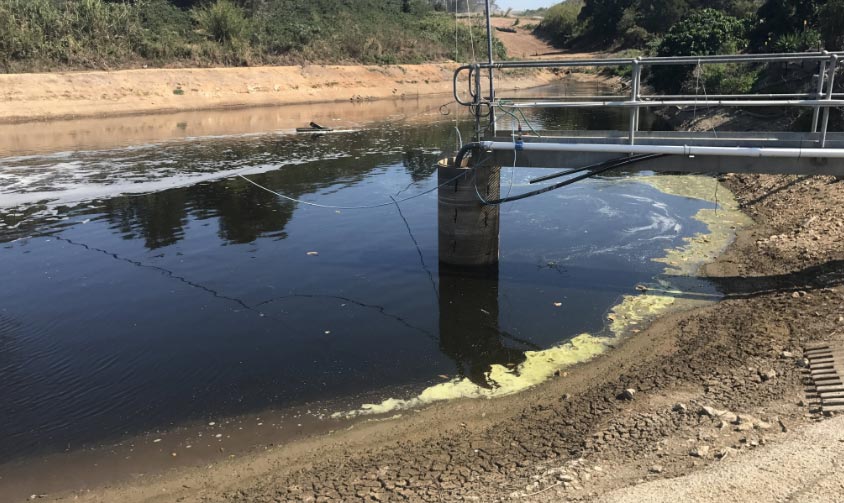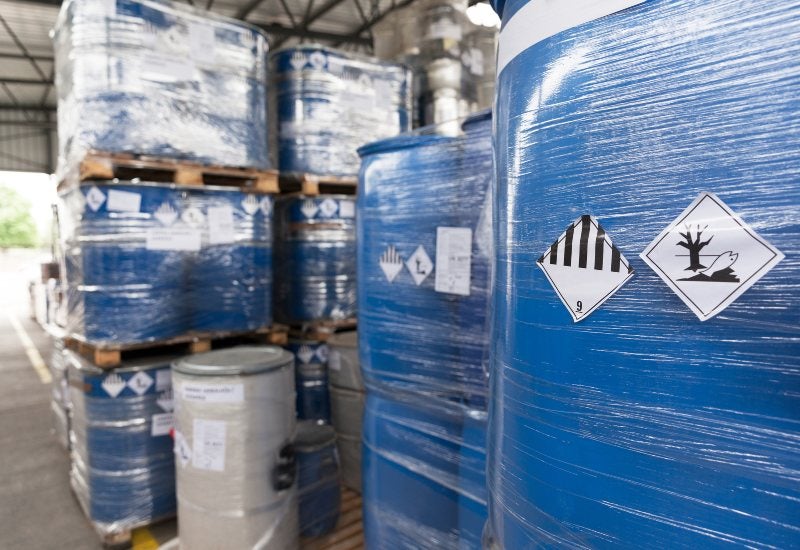Comprehensive Liquid Waste Disposal: Solutions for Homes and Businesses
Comprehensive Liquid Waste Disposal: Solutions for Homes and Businesses
Blog Article
Exactly How Liquid Waste Disposal Functions: A Detailed Summary of Strategies and Technologies Used

Review of Fluid Waste Types
The intricacy of fluid waste types requires a complete understanding of their characteristics and ramifications for disposal. Fluid waste can generally be classified right into a number of types, including industrial, municipal, agricultural, and hazardous waste. Each category exhibits distinctive residential or commercial properties, requiring particular management strategies to minimize ecological and health and wellness dangers.
Industrial liquid waste originates from producing procedures and frequently includes a series of contaminants, such as hefty metals, solvents, and natural compounds. Municipal liquid waste, mostly comprising wastewater from households and business establishments, contains natural matter, nutrients, and pathogens (industrial wastewater treatment). Agricultural fluid waste, including drainage from farms, might consist of fertilizers, chemicals, and animal waste, posing risks to water quality and ecosystems
Harmful liquid waste is identified by its toxicity, sensitivity, or prospective to create injury. This group consists of substances like acids, bases, and particular chemicals that require rigid handling and disposal methods. Recognizing these diverse liquid waste types is important for developing efficient disposal approaches and making sure compliance with environmental laws. Proper category and characterization are important for applying ideal therapy techniques and minimizing the negative effect on public wellness and the setting.
Physical Therapy Techniques

Screening is the initial action, where larger fragments and debris are gotten rid of from the fluid waste utilizing screens or grates. In sedimentation storage tanks, much heavier fragments clear up at the bottom, forming a sludge layer, while the made clear liquid can be further treated.
Purification is one more vital technique that entails passing the fluid via porous materials, such as sand or membrane layers, to catch smaller particles. This action enhances the quality of the liquid, making it ideal for succeeding therapy procedures.

Chemical Therapy Techniques
Chemical therapy strategies are vital for effectively taking care of fluid waste, specifically in dealing with dissolved and colloidal pollutants that physical approaches may not effectively remove. These techniques utilize various chemical agents to counteract, precipitate, or transform dangerous materials into less harmful types.
One typical technique is coagulation and flocculation, where chemicals such as alum or ferric chloride are contributed to promote the aggregation of put on hold fragments. This procedure boosts sedimentation, permitting for much easier removal of the resulting sludge. Furthermore, oxidation procedures, using agents like chlorine or ozone, are utilized to damage down intricate organic compounds and microorganisms, making the waste more secure for discharge or further treatment.
Neutralization is another important strategy, which changes the pH of acidic or alkaline waste streams to neutral degrees, preventing potential damage to downstream systems and the atmosphere. Moreover, progressed oxidation procedures (AOPs) make use of mixes of oxidants and ultraviolet light to degrade persistent pollutants, achieving a greater level of treatment efficiency.
Biological Treatment Processes
Organic therapy processes play an essential function in the administration of liquid waste by utilizing microorganisms to break down raw material and decrease contaminant levels. These processes can be generally classified right into aerobic and anaerobic therapies, each utilizing certain microbial areas to attain efficient waste deterioration.
Aerobic treatment entails making use of oxygen to promote the malfunction of organic materials by microorganisms. This procedure is typically carried out in triggered sludge systems, where aeration containers give a favorable atmosphere for microbial you can look here growth, leading to the oxidation of organic contaminants. The resultant biomass can be divided from dealt with effluent with sedimentation.
On the other hand, anaerobic treatment occurs in the lack of oxygen, counting on various germs to damage down natural issue. This technique is specifically advantageous for high-strength waste, as it creates biogas, a renewable energy source, while reducing sludge manufacturing. Technologies such as anaerobic digesters are often used in commercial and local applications.
Both anaerobic and cardio biological therapies not only decrease the environmental influence of liquid waste yet likewise help with source recovery, making them important parts of sustainable waste monitoring techniques. Their performance, efficiency, and versatility support their extensive execution across different fields.
Emerging Technologies in Disposal
Innovative techniques to fluid waste disposal are quickly advancing, driven by developments in modern technology and an increasing emphasis on sustainability. Amongst these arising modern technologies, membrane bioreactors (MBRs) have gotten grip for this article their capability to incorporate organic treatment with membrane filtration, resulting in top notch effluent that can be recycled in numerous applications. MBRs make it possible for smaller sized impacts and more efficient operations contrasted to standard systems.
Another promising advancement is using anaerobic food digestion integrated with nutrient recuperation modern technologies, which not just deals with fluid waste however also generates biogas and recovers important nutrients like nitrogen and phosphorus. This dual benefit enhances source effectiveness and lowers ecological effect.
Furthermore, advanced oxidation processes (AOPs) are being taken on for the deterioration of complicated organic pollutants. These methods make use of effective oxidants and drivers to break down contaminants at the molecular degree, using an extremely effective solution for difficult waste streams.
Additionally, the combination of synthetic intelligence and equipment understanding in waste administration systems is optimizing operational performance and predictive maintenance, bring about minimized costs and boosted environmental conformity. These innovations mirror a substantial shift towards even more lasting and effective fluid waste disposal methods.
Final Thought
In final thought, efficient fluid waste disposal necessitates a thorough understanding of various methods and innovations. By continuously progressing these techniques, it becomes feasible to resolve the growing difficulties associated with liquid waste, eventually adding to environmental security and source recovery.
Liquid waste disposal is an important aspect of environmental administration, calling for a thorough understanding of various techniques and innovations tailored to different waste types. Liquid waste can broadly be categorized into a number of types, including industrial, municipal, farming, and hazardous waste. Agricultural liquid waste, including drainage from Find Out More ranches, might have fertilizers, chemicals, and animal waste, positioning risks to water quality and communities.
Various physical therapy methods play a critical function in handling liquid waste effectively - industrial wastewater treatment.In verdict, effective fluid waste disposal requires a detailed understanding of various techniques and modern technologies
Report this page